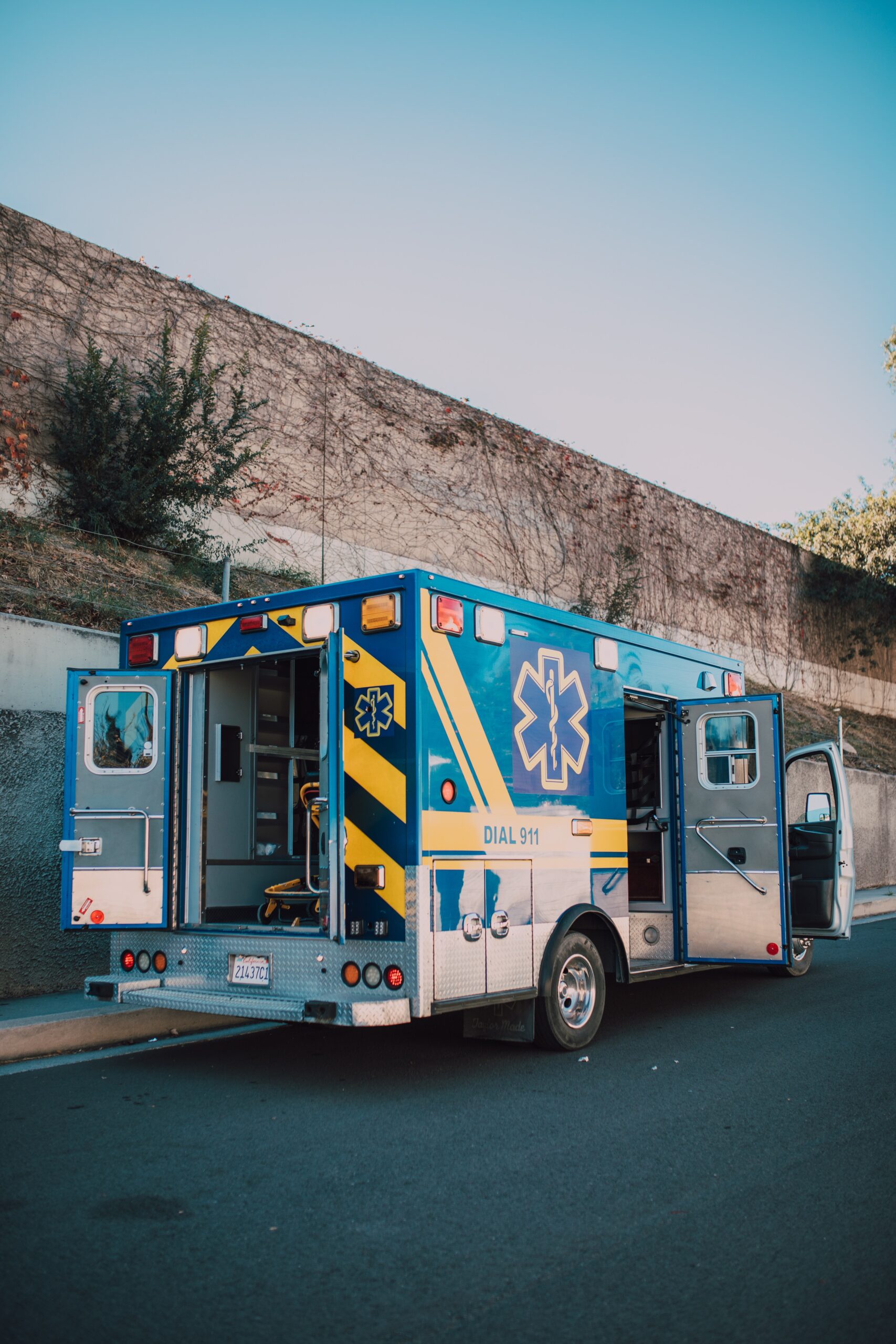![]() The debate between Advanced Life Support (ALS) and Basic Life Support (BLS) is not a new one, and the question of which saves more lives is a complex one. Both ALS and BLS are essential components of the emergency medical services (EMS) system, and each has its unique advantages and limitations.
The debate between Advanced Life Support (ALS) and Basic Life Support (BLS) is not a new one, and the question of which saves more lives is a complex one. Both ALS and BLS are essential components of the emergency medical services (EMS) system, and each has its unique advantages and limitations.
ALS providers, such as paramedics, have advanced training and can perform interventions such as administering medications, advanced airway management, and cardiac defibrillation. They can also interpret electrocardiograms (ECGs) and provide more extensive assessments of patients. These interventions can be crucial in certain emergency situations, such as cardiac arrest or severe trauma.
On the other hand, BLS providers, such as Emergency Medical Technicians (EMTs), focus on providing basic life support interventions, such as CPR, controlling bleeding, and providing oxygen. They also assist with patient assessment and transportation. BLS providers are often the first responders to arrive at the scene of an emergency and can provide life-saving interventions in the crucial early moments of a medical emergency.
So, which saves more lives? The answer is not straightforward. It depends on the specific situation and the patient’s needs. In some cases, ALS interventions are necessary to save a patient’s life, such as in cardiac arrest. In other cases, BLS interventions, such as effective CPR or control of bleeding, can be lifesaving.
Research has shown that the delivery of prehospital care by ALS providers can result in better outcomes for certain conditions, such as traumatic injuries, cardiac arrest, and respiratory distress. However, it’s important to note that many of these studies are limited in their scope and often based on retrospective analyses of patient outcomes.
One of the primary advantages of BLS is its ability to provide prompt care in the critical early moments of an emergency. Effective BLS interventions, such as CPR and defibrillation, can significantly increase a patient’s chances of survival.
Ultimately, the most critical factor in saving lives in an emergency is the prompt delivery of appropriate interventions. Whether it’s ALS or BLS, what matters most is that the right care is delivered at the right time.
In conclusion, both ALS and BLS play critical roles in the EMS system, and each has its advantages and limitations. The question of which saves more lives is not a straightforward one, and the answer depends on the specific situation and the patient’s needs. What matters most is that the right care is delivered promptly and effectively to improve patient outcomes and save lives.




